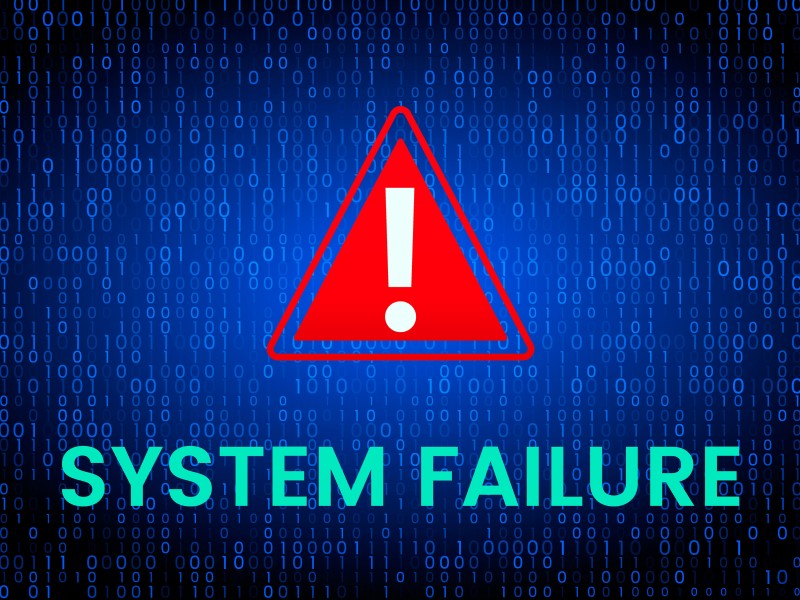The Need For Proactive Disaster Recovery Plans
Computers are much more reliable than they used to be. Unless you are a road warrior who spends your day slinging a laptop around, chances are good you’ll get many years out of your next PC or server, so long as you invest in a good piece of equipment upfront.
That being said, it is a certainty that, eventually, all computers fail. Maybe it’s a lightning strike, maybe it’s a cybersecurity attack, maybe it’s the fire sprinklers. If you keep your machine long enough, something will go wrong with it, leaving you in a situation where everything that is stored on the machine is at risk.
The good news is that, with just a little planning, you can minimize the consequences of a computer crash.

Simple Steps You Can Take To Make Your Life Easier
The most important thing to remember about a disaster recovery plan is that it is a proactive exercise. The more you do in advance of the inevitable failure, the easier it is going to be to recover from whatever happens and get yourself back up and running.
Here are a few of the most essential steps you can take to either reduce the chance of a failure or recover as quickly as possible if your equipment does fail:
- System Backups: Backing up your data is one of the most important things you can do to make sure you don’t lose anything important. Data sync services like Google Drive and Microsoft OneDrive are useful, but a better approach is to have your entire disk drive backed up to an offsite storage solution. That way, even if you get ransomwared and locked out of your cloud systems, you have a backup copy safely tucked away.
- Uninterruptible Power Supplies (UPS): These inexpensive devices are great for minimizing the risk of damage that a lightning strike or power surge in your electric grid can do to your computer. If you do experience an electrical outage, a good UPS will have enough power onboard for you to save all of your data and shut your computer down safely until power is restored.
- Operating System and Antivirus Updates: As hackers find new ways to gain access to your computer, the good guys will be constantly updating their software to patch the security breaches. Making sure that these updates are happening for your operating system, antivirus software, and all of your applications is an essential maintenance item that you need to stay on top of.
- Have a Written Recovery Gameplan: Taking the time now to think through the steps to get your computer back up and running is much easier than trying to improvise a solution when your computer is dead. And, as arcane as it may sound, make sure that you have printed a copy of your recovery plan and have it stored in a place you can access it. Chances are good the plan won’t do you any good if the only place it’s stored is on your computer.
There is no doubt that putting a disaster recovery plan in place takes time and effort, but if you keep up with the system updates, get a quality UPS, invest in an offsite data backup solution, and maintain a disaster recovery plan, you will be ready when the worst happens. I’ll grant you that it takes some effort to get this done, but it can literally save your business from having to start over again from scratch.
Do you need help putting a disaster recovery plan together for your business? Feel free to schedule a free consultation with me and I’ll be happy to see what I can do to help.

